Is Norseman Becoming the World's Most Coveted Triathlon?
6,304 athletes from 96 countries chased just 250 spots for 2025 Norseman, as Norway's brutal race becomes triathlon's most coveted ticket.


6,304 athletes from 96 countries chased just 250 spots for 2025 Norseman, as Norway's brutal race becomes triathlon's most coveted ticket.
The numbers tell a story that would make even Kona blush. When the lottery opened for the 2025 Zalaris Norseman Xtreme Triathlon in October, 6,304 athletes from 96 countries threw their names into the hat for just 250 starting spots. That's a 4% acceptance rate that makes Harvard look generous.
For context, that's nearly double the field that typically applies for Kona qualification slots worldwide. But unlike Ironman's traditional path through qualifying races, Norseman's lottery system creates a pure hunger games scenario where your fastest splits mean nothing if your number doesn't come up.
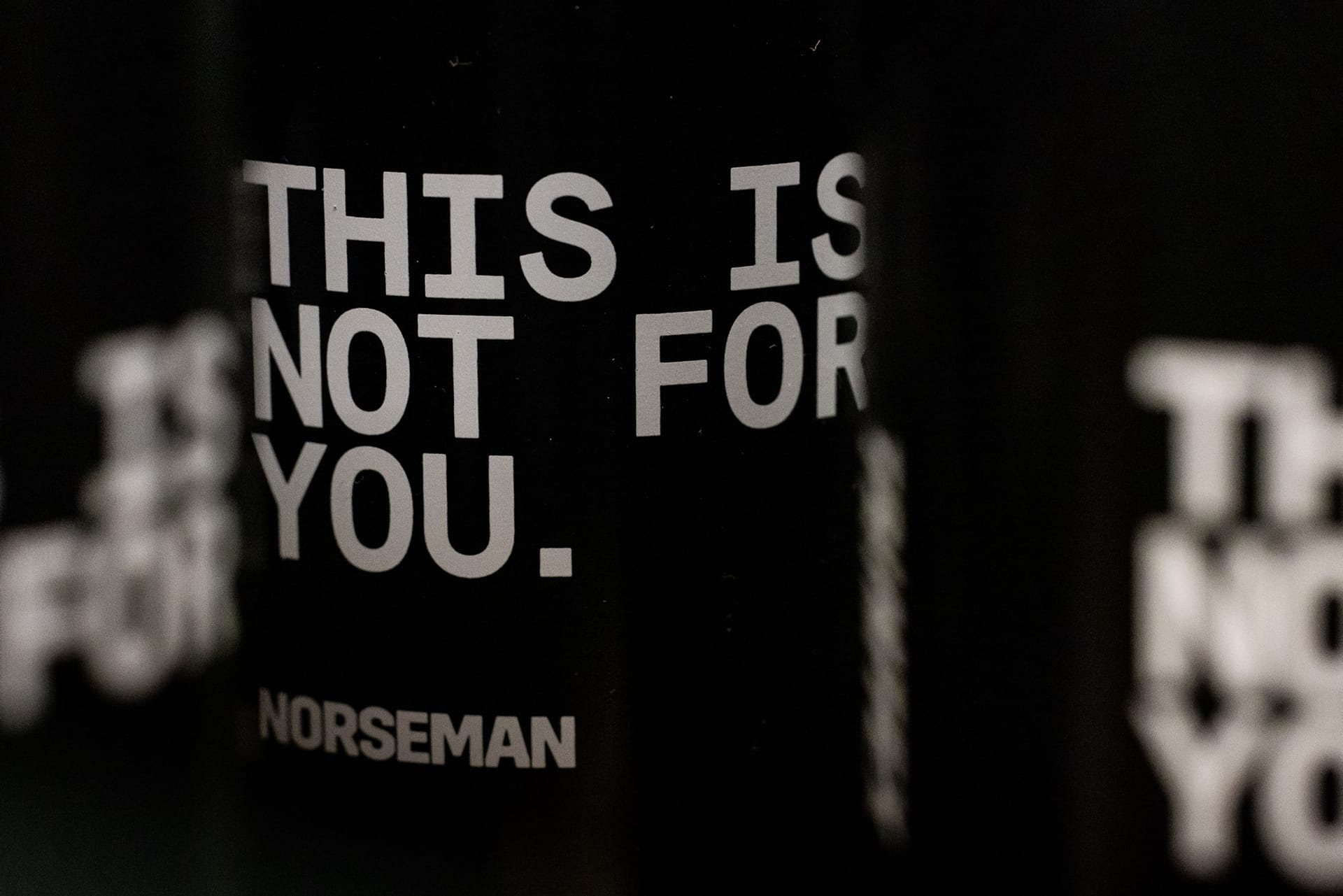
The race that started in 2003 with 21 "bold enough or dumb enough" athletes has evolved into something approaching triathlon mythology. While most races promise fast times and perfect conditions, Norseman delivers the opposite—and that's exactly the point.
The day begins with a 4-meter jump off a ferry into Hardangerfjord's frigid waters—sometimes as cold as 10°C/50°F. There's no gentle wade-in here. You jump, you swim 3.8km to shore, then immediately face a bike course that climbs 915m/3,000 feet in the first 40km/25 miles, with grades hitting 29% on some sections.
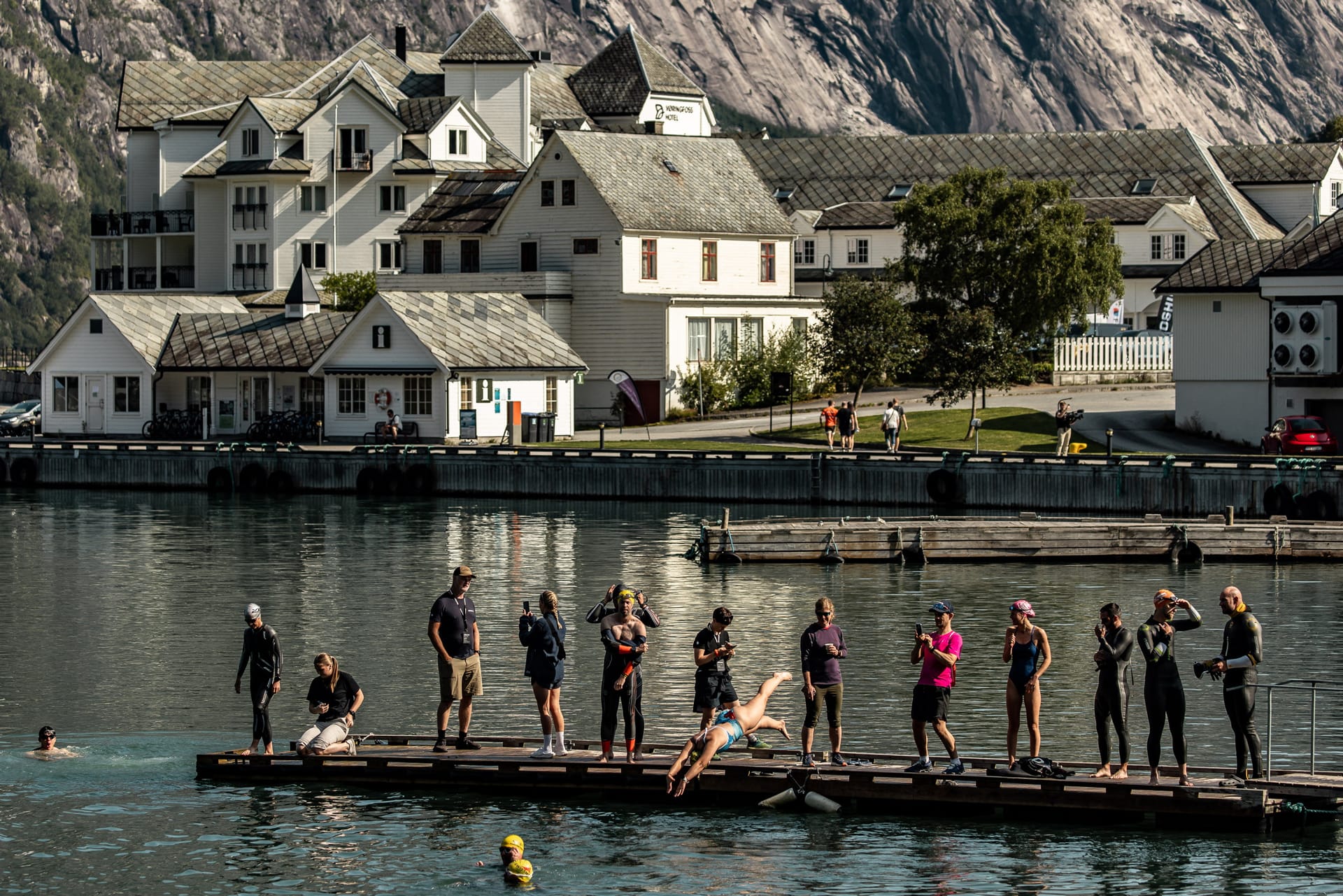
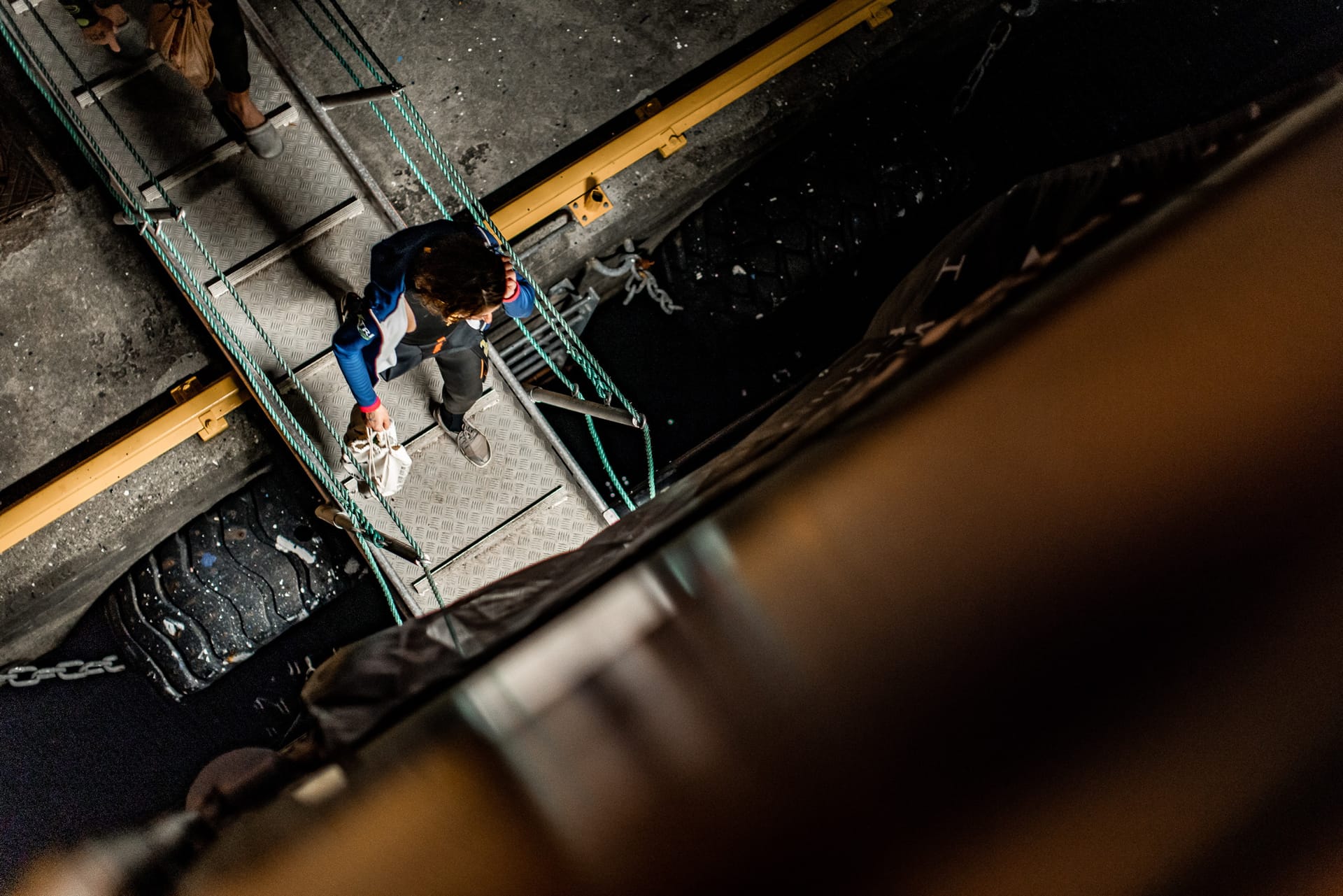
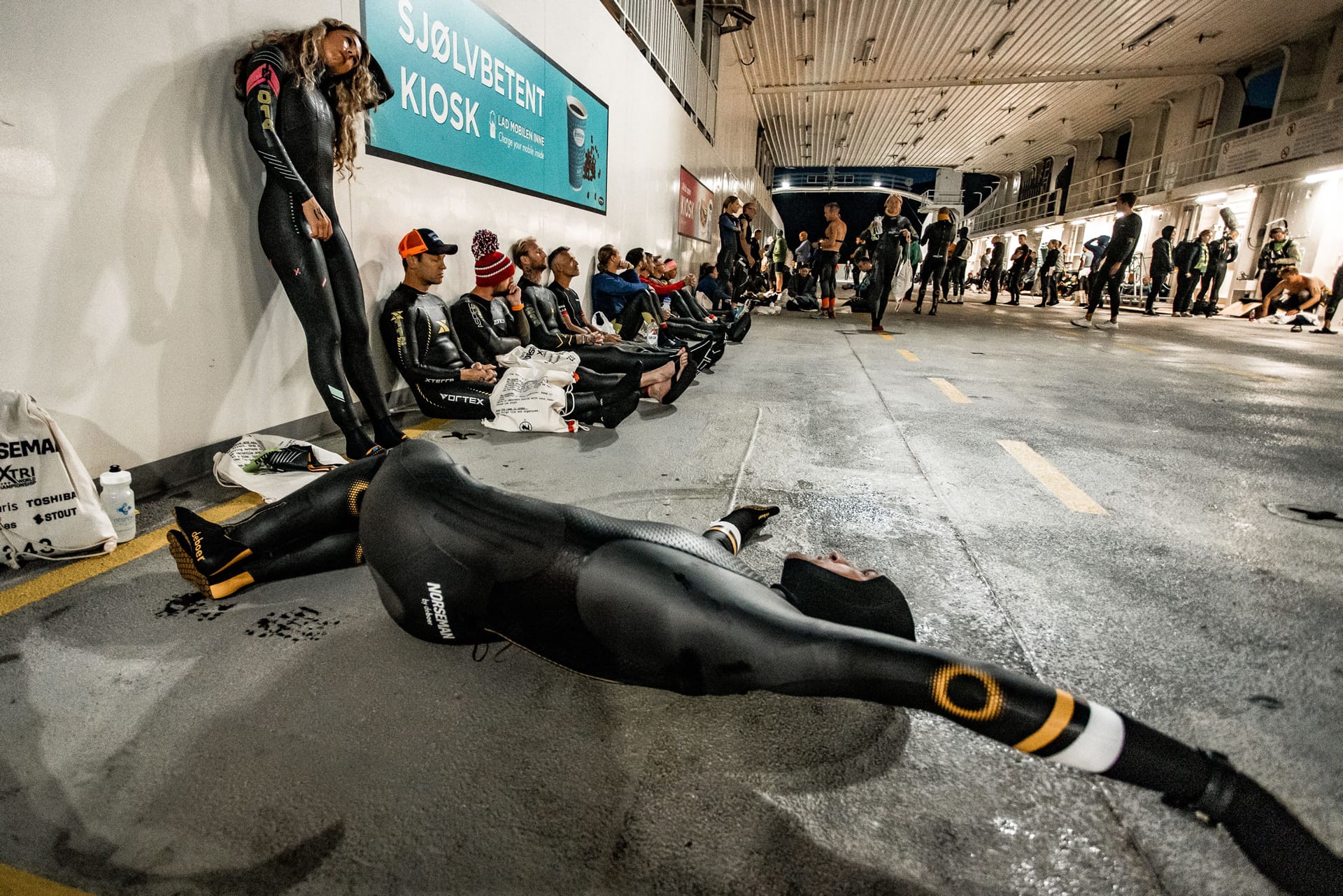

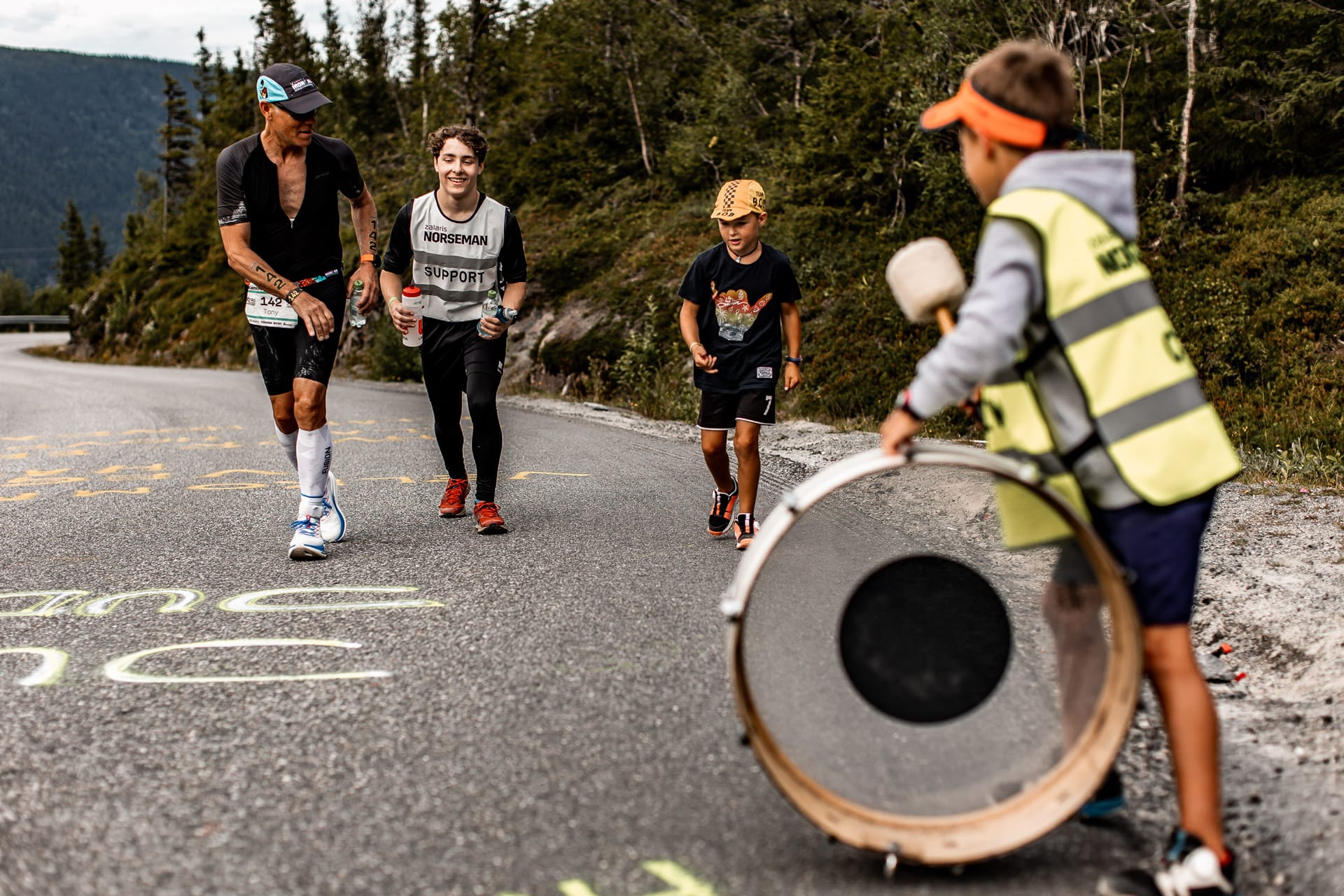
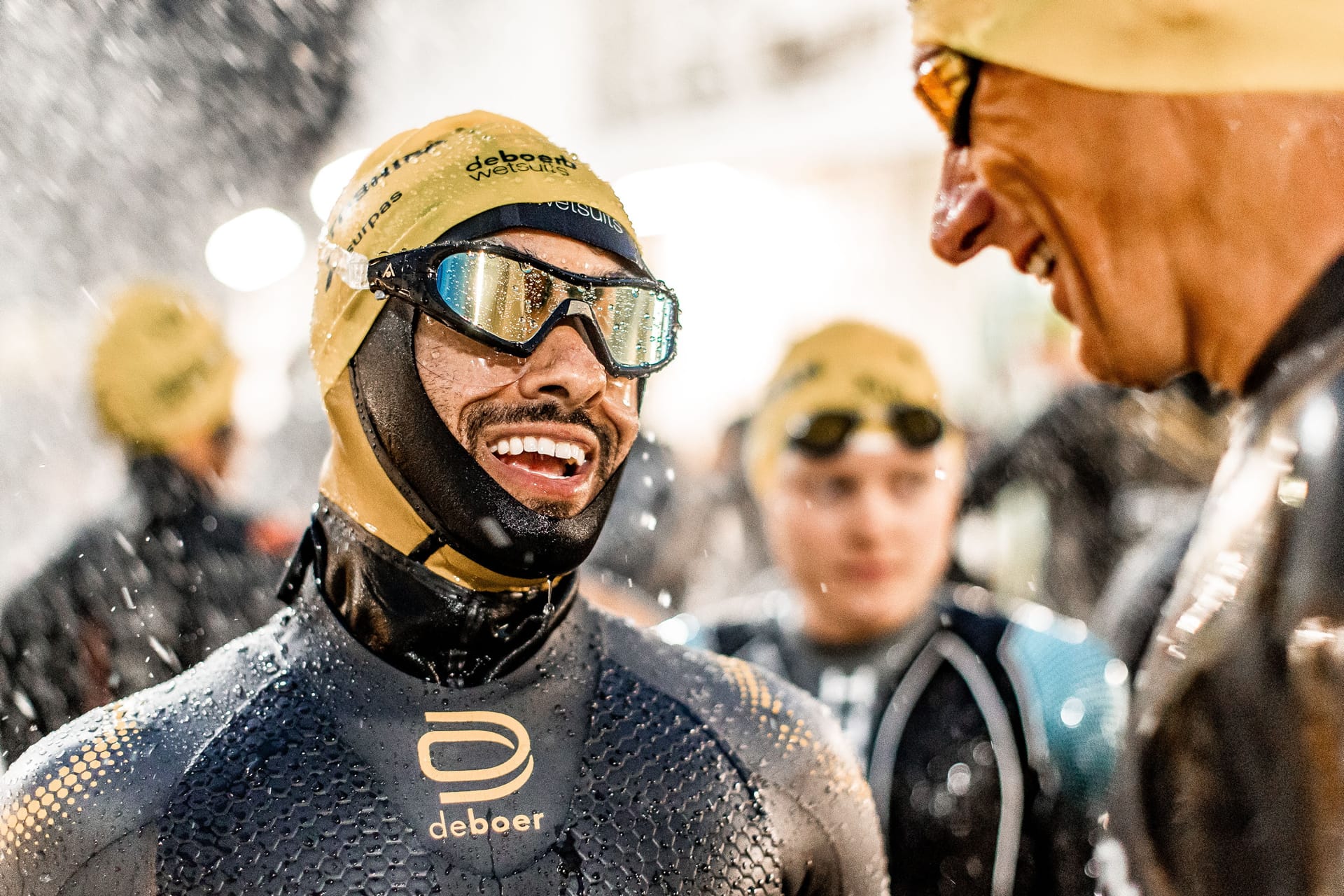
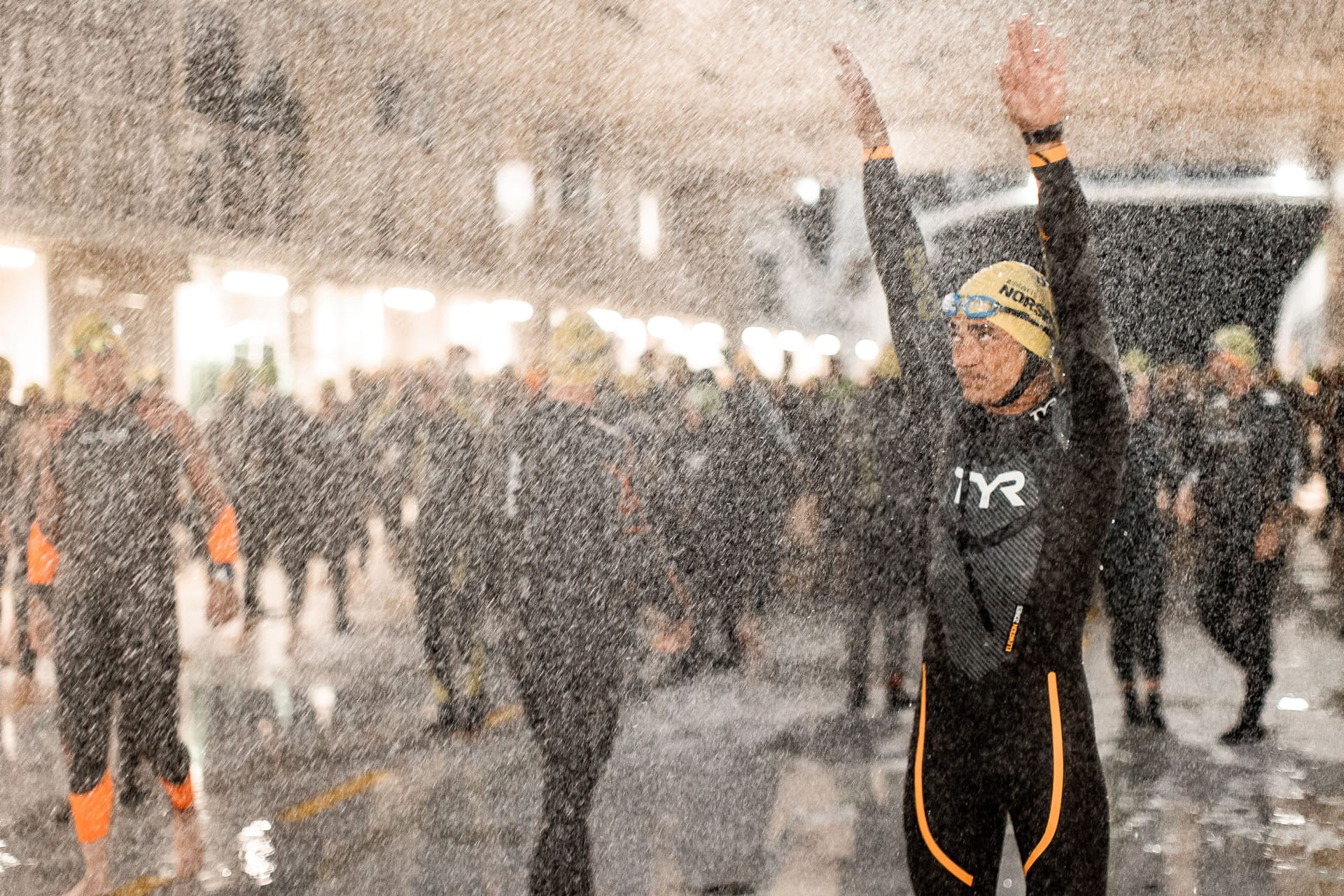
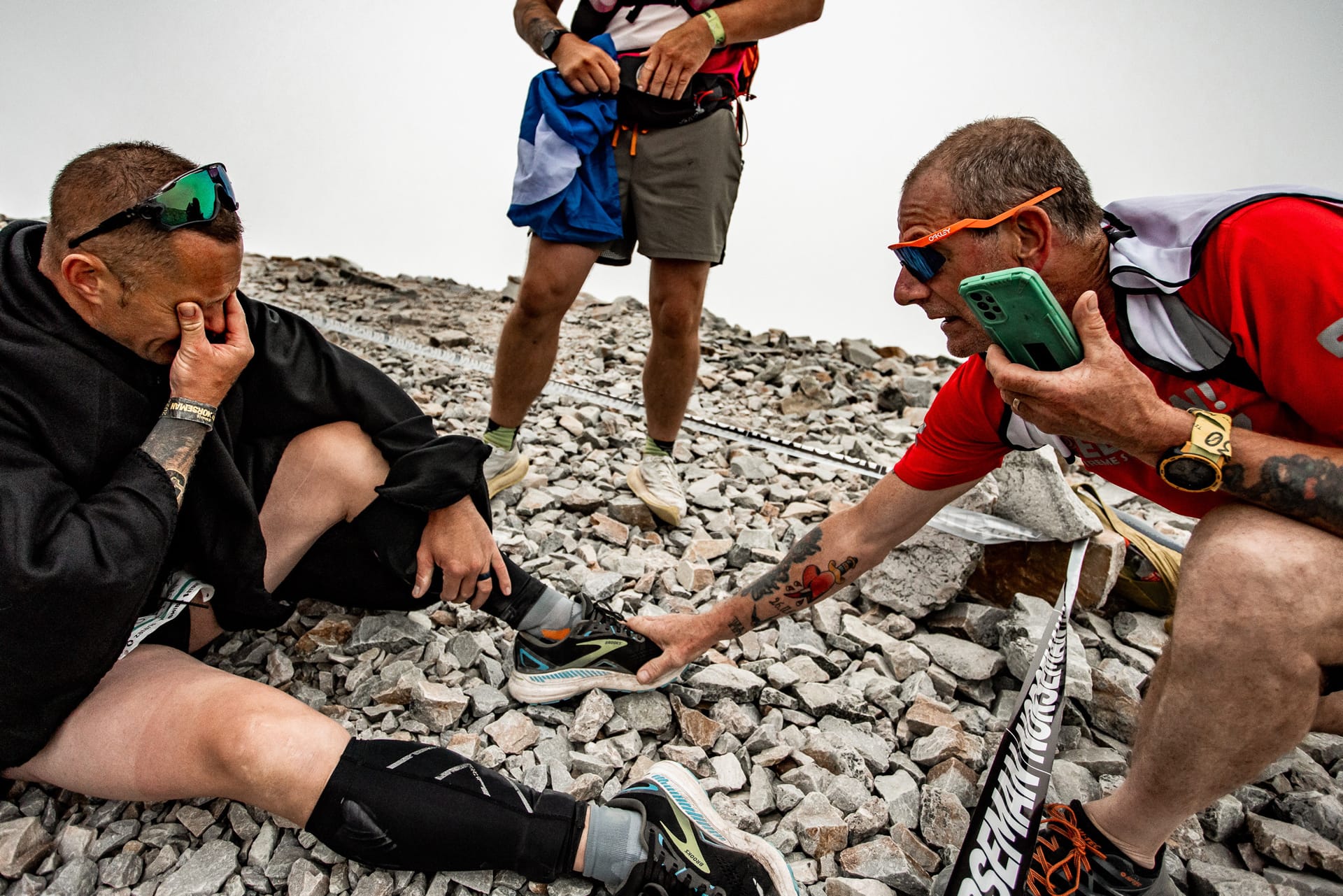
But the real separator comes at mile 15 of the marathon. While most iron-distance races flatten out for the run, Norseman sends athletes up Gaustatoppen—a 1,400 m/4,600-foot mountain climb that's so dangerous participants must carry emergency gear and climb with a partner.
Here's where it gets really interesting: only the first 160 athletes to reach the 37km checkpoint get to attempt the mountain finish and earn the coveted black finisher t-shirt. The rest get diverted to a "lower course" for a white shirt. It's the only triathlon where your finishing time might matter less than your position.
Forget aid stations. Norseman requires each athlete to bring their own support crew with a car full of food, drinks, and warm clothes. This transforms the race from an individual pursuit into a team expedition, creating bonds that competitors say last years beyond the event.
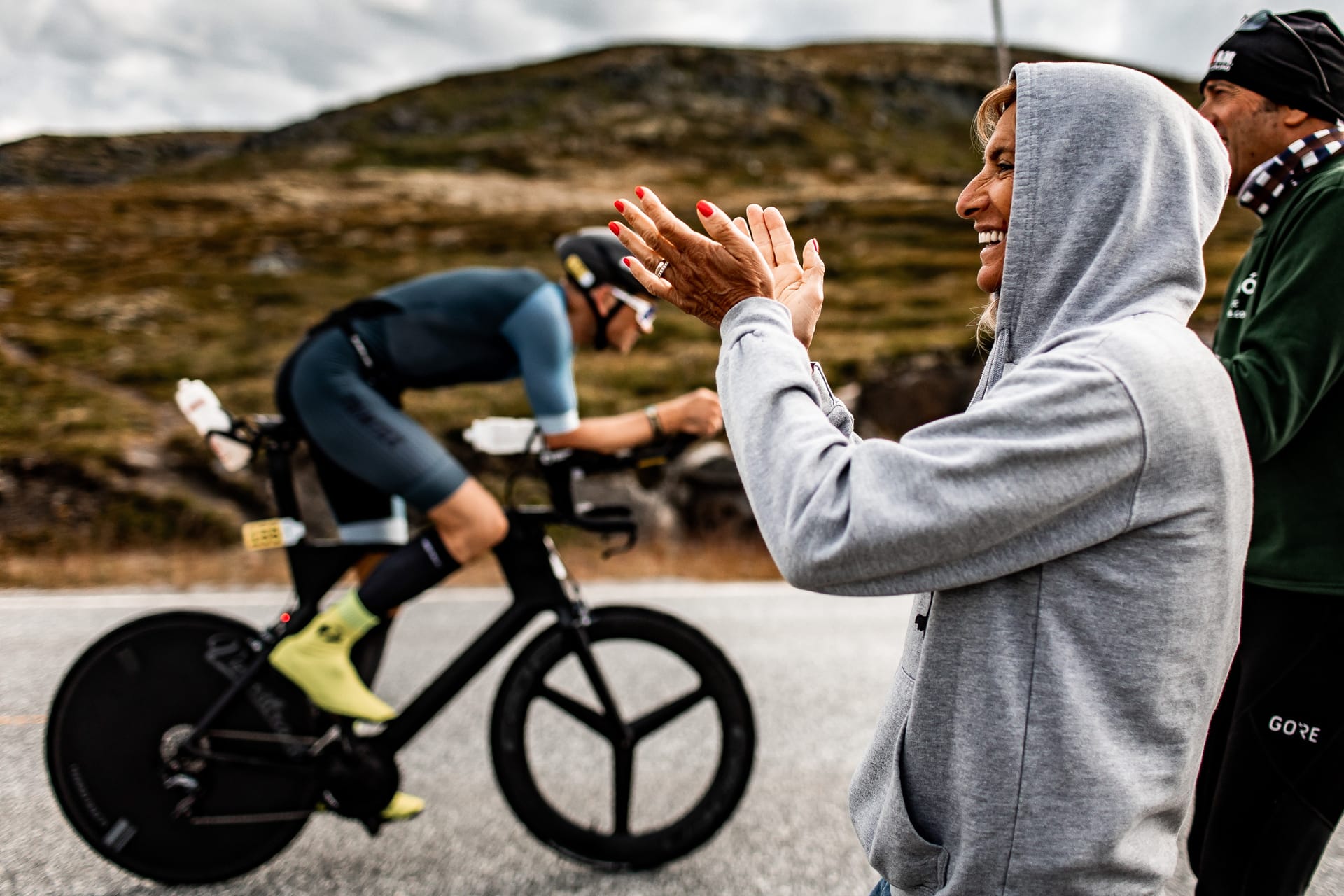
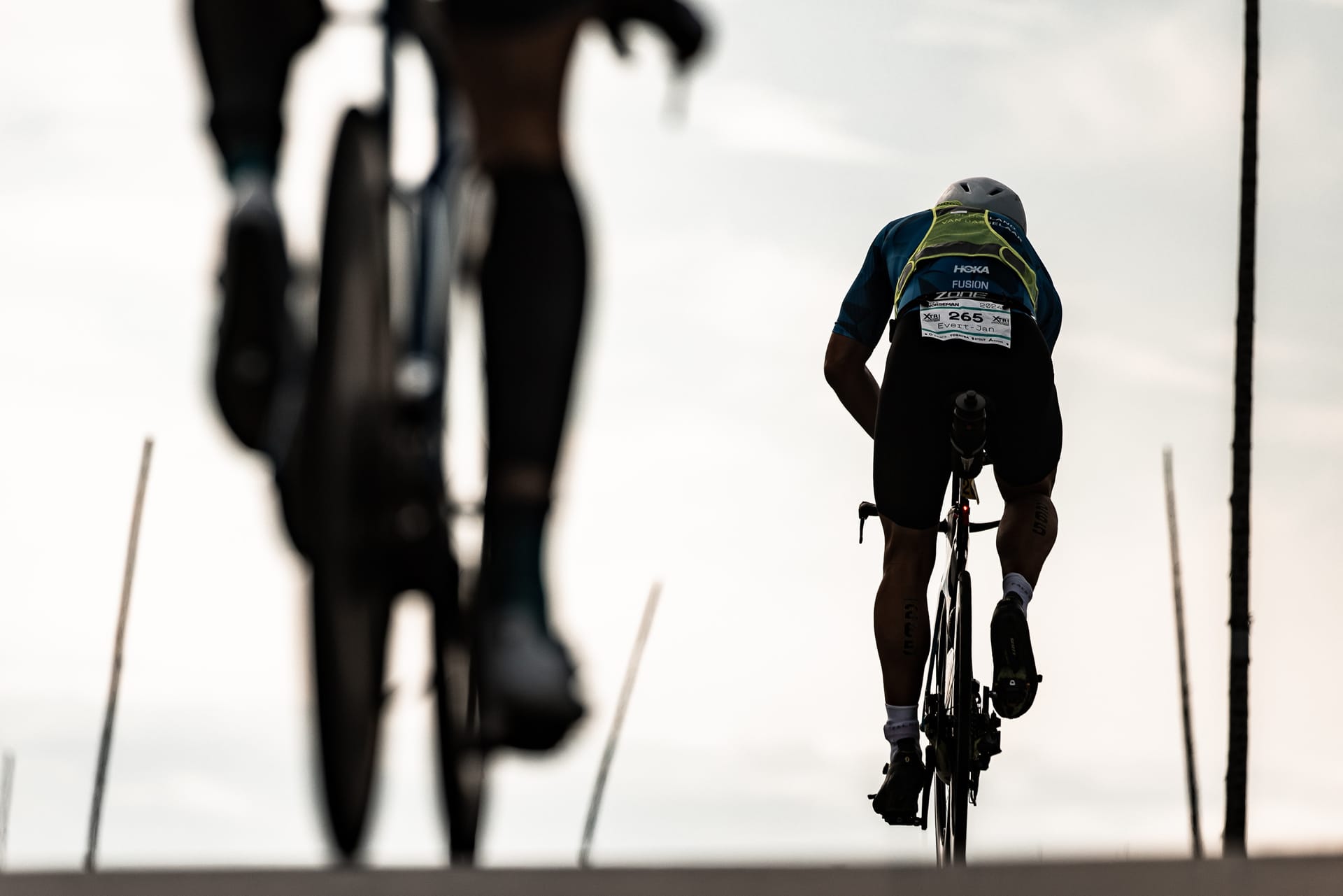
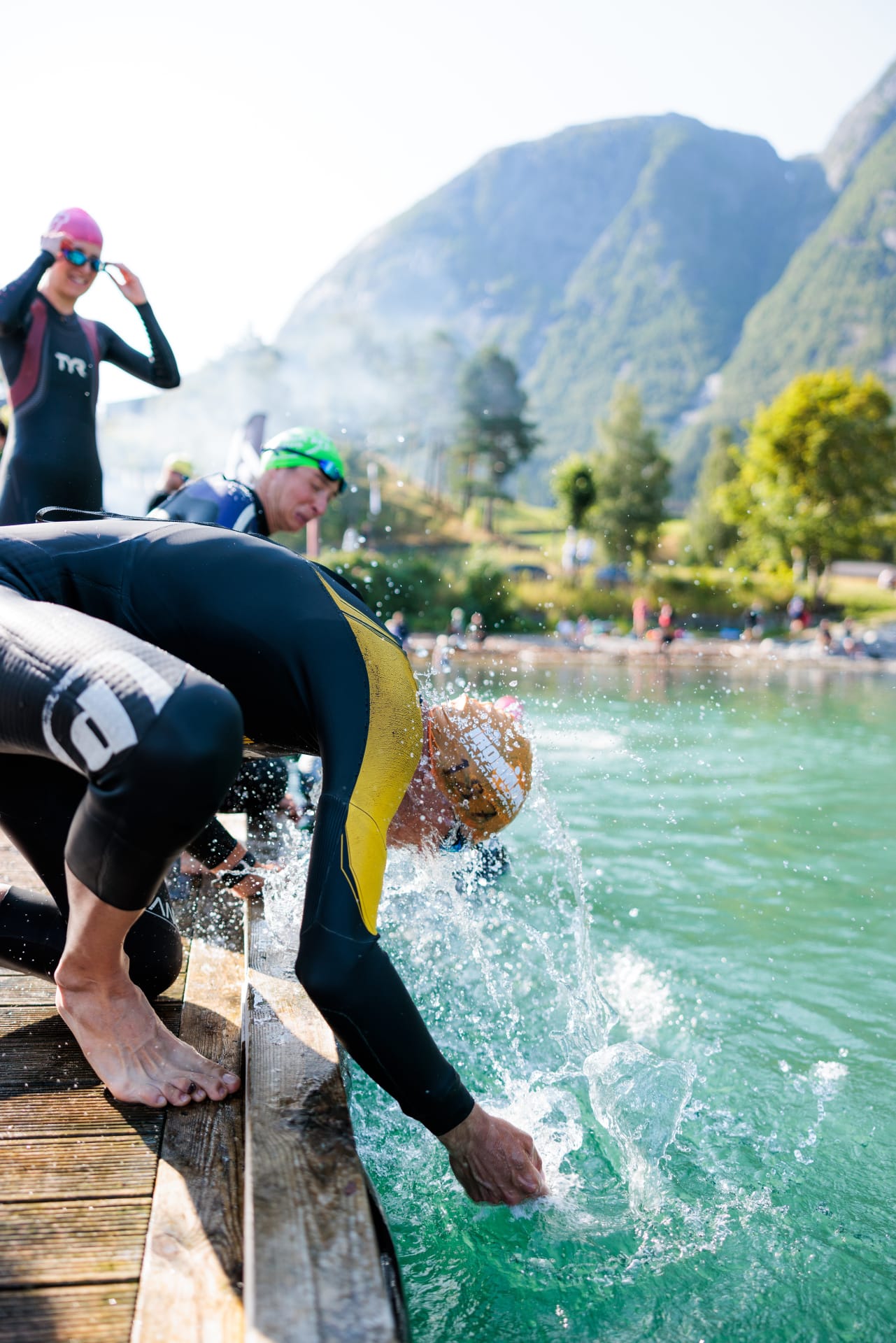
You develop a bond with other athletes out on the course that I have not experienced in my 10 Ironmans," explains 2014 finisher Maggie Rusch. "I still keep in touch with several people I met in Norway.
This support crew requirement also explains why only 250 athletes start despite massive demand—the tiny Norwegian town of Eidfjord simply can't handle more support vehicles and crews.
This year's international appeal shows no signs of slowing. The 293 athletes on the start list represent 38 countries, with Norway claiming 88 spots (30% of the field). That leaves just 205 spots for the rest of the planet.
The women's field looks particularly competitive, with several athletes capable of challenging Mette Pettersen Moe's 2018 course record of 11:16:10. Julia Skala from Germany brings momentum from a fourth-place pro finish at Ironman Lanzarote in May, while veterans like Flora Colledge (2023 winner) and Claire Weller (2024 runner-up) return with mountain experience.
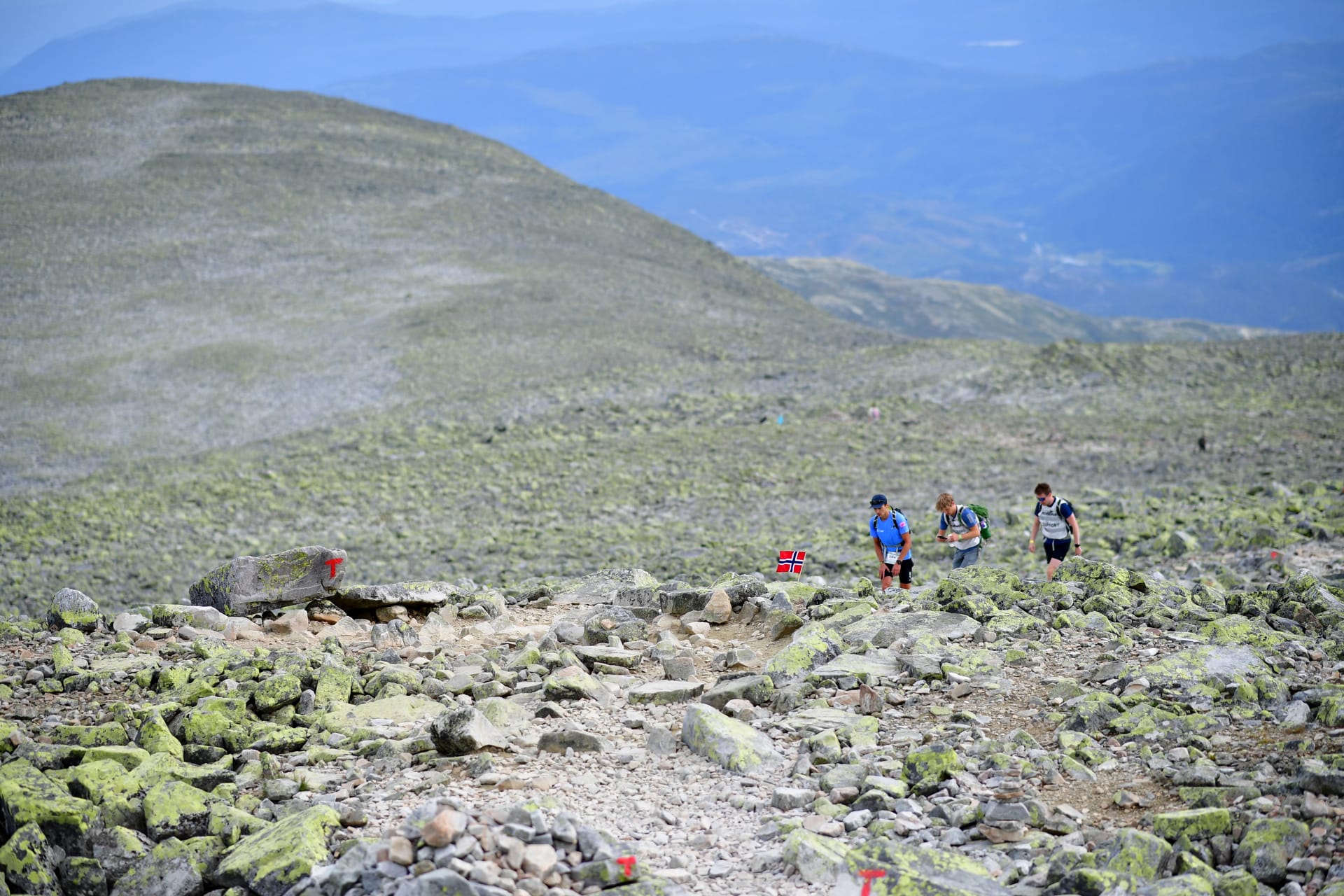
The men's race centres on two Norwegian veterans: Kristian Grue (second in 2021 and 2022, plus a 16th-place pro showing at Lanzarote this year) and Hans Christian Tungesvik (2019 winner).
For athletes who miss the lottery, there's still hope through the X-points system—participation points earned at other Xtri races. The top 100 point holders who apply automatically receive slots, creating a pathway for dedicated athletes willing to race the circuit.
North American athletes can earn points at two events: CanadaMan/Woman Xtri in Quebec and Starvation Xtri in Utah. It's a system that rewards commitment to the Xtri philosophy rather than just raw speed.
What's happening with Norseman reflects a broader shift in triathlon culture. While traditional races focus on personal records and optimal conditions, athletes increasingly crave authentic challenges that test more than fitness—they want experiences that test character.
The race deliberately celebrates what founder Harek Stranheim called "tri-sanity"—the beautiful madness of choosing suffering when comfort is available. In a sport increasingly dominated by perfect nutrition timing and aerodynamic marginal gains, Norseman's requirement to jump off a ferry into freezing water feels refreshingly primal.
The 2025 race on the 2nd August promises to showcase this philosophy perfectly. With applications more than doubling in recent years and the event now serving as the Xtri World Championship for the fifth time, Norseman has achieved something remarkable: making exclusivity feel earned rather than purchased.
Whether it's truly overtaking Kona as triathlon's most coveted slot is debatable, but the numbers suggest athletes are increasingly valuing stories over times. And in the fjords of Norway, there are plenty of stories to be found—if you're brave enough to jump.